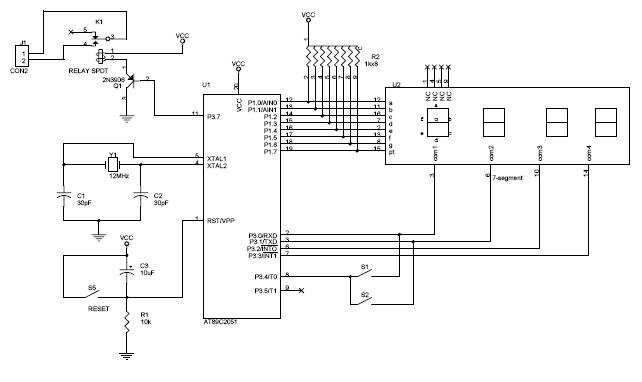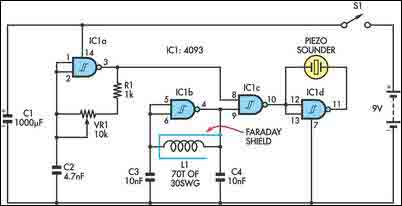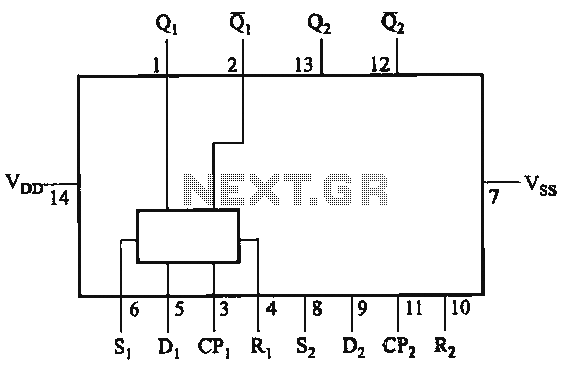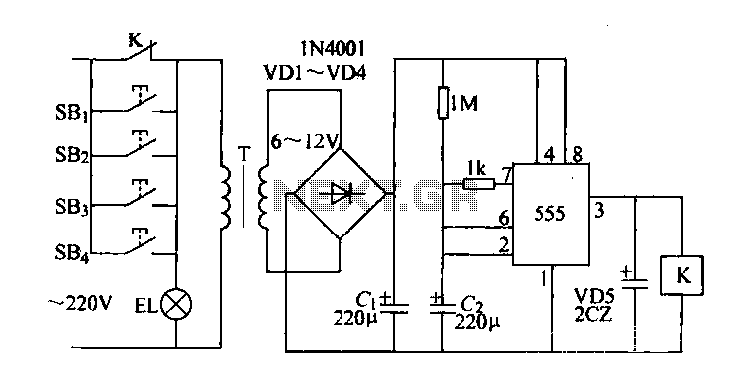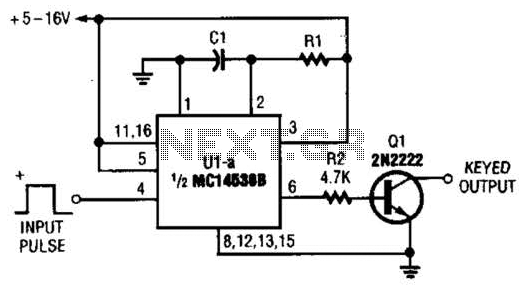
The second equalization circuit
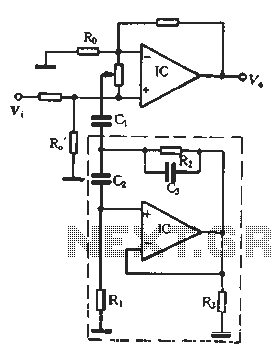
In the second equalization circuit connection method, it operates as illustrated in Figure 1-96. When the potentiometer wiper is moved to the inverting input terminal "a", the resonance impedance of the parallel combination of the feedback resistor RB reaches its minimum, resulting in the least amount of feedback and consequently the maximum gain of the circuit at the frequency fo, thus enhancing the gain around this frequency. Conversely, when the potentiometer wiper is adjusted towards the inverting input terminal "+", the parallel resistance value of RB and the input resistance lc reaches its minimum attenuation, leading to a reduction in the voltage gain of the signal input around the frequency fo.
In this circuit configuration, the potentiometer serves a critical role in adjusting the feedback path, which directly influences the gain characteristics of the equalization circuit. The feedback resistor RB is strategically placed in parallel with the input resistance lc to form a dynamic resonance impedance that can be fine-tuned through the potentiometer. This design allows for precise control over the frequency response of the circuit, enabling it to adapt to various audio signals or other input waveforms.
The maximum gain achieved when the wiper is positioned at the inverting input terminal "a" indicates that the circuit is optimized for a specific frequency fo, where the resonance condition is met. This configuration is particularly useful in audio processing applications, where enhancing certain frequencies can lead to improved sound quality.
On the other hand, adjusting the wiper towards the inverting input terminal "+" results in a minimum attenuation scenario. This adjustment effectively reduces the signal gain, which can be beneficial for preventing distortion or clipping in high-amplitude signals. The ability to manipulate the gain through the potentiometer provides versatility in tuning the circuit to achieve the desired audio characteristics.
Overall, the second equalization circuit connection method exemplifies the delicate balance between feedback and gain, showcasing how component placement and adjustment can lead to significant changes in circuit performance. This understanding is crucial for engineers designing audio equipment or other signal processing devices that require precise control over frequency response and gain settings.In the second equalization circuit connection method, and it works as shown in Figure 1-96. When the potentiometer wiper is moved lc inverting input terminal "a", the resonance impedance of the parallel combination of the feedback resistor R B is the minimum, the minimum amount of feedback and thus, the maximum gain of the circuit, corresponding to the frequency o and around the gain obtained promotion. When the potentiometer wiper move lC-inverting input terminal "+", the B input and lc R'o parallel resistance value of the minimum attenuation, so that the amount and rate of around fo signal input into the minimum voltage gain is attenuated.
In this circuit configuration, the potentiometer serves a critical role in adjusting the feedback path, which directly influences the gain characteristics of the equalization circuit. The feedback resistor RB is strategically placed in parallel with the input resistance lc to form a dynamic resonance impedance that can be fine-tuned through the potentiometer. This design allows for precise control over the frequency response of the circuit, enabling it to adapt to various audio signals or other input waveforms.
The maximum gain achieved when the wiper is positioned at the inverting input terminal "a" indicates that the circuit is optimized for a specific frequency fo, where the resonance condition is met. This configuration is particularly useful in audio processing applications, where enhancing certain frequencies can lead to improved sound quality.
On the other hand, adjusting the wiper towards the inverting input terminal "+" results in a minimum attenuation scenario. This adjustment effectively reduces the signal gain, which can be beneficial for preventing distortion or clipping in high-amplitude signals. The ability to manipulate the gain through the potentiometer provides versatility in tuning the circuit to achieve the desired audio characteristics.
Overall, the second equalization circuit connection method exemplifies the delicate balance between feedback and gain, showcasing how component placement and adjustment can lead to significant changes in circuit performance. This understanding is crucial for engineers designing audio equipment or other signal processing devices that require precise control over frequency response and gain settings.In the second equalization circuit connection method, and it works as shown in Figure 1-96. When the potentiometer wiper is moved lc inverting input terminal "a", the resonance impedance of the parallel combination of the feedback resistor R B is the minimum, the minimum amount of feedback and thus, the maximum gain of the circuit, corresponding to the frequency o and around the gain obtained promotion. When the potentiometer wiper move lC-inverting input terminal "+", the B input and lc R'o parallel resistance value of the minimum attenuation, so that the amount and rate of around fo signal input into the minimum voltage gain is attenuated.

